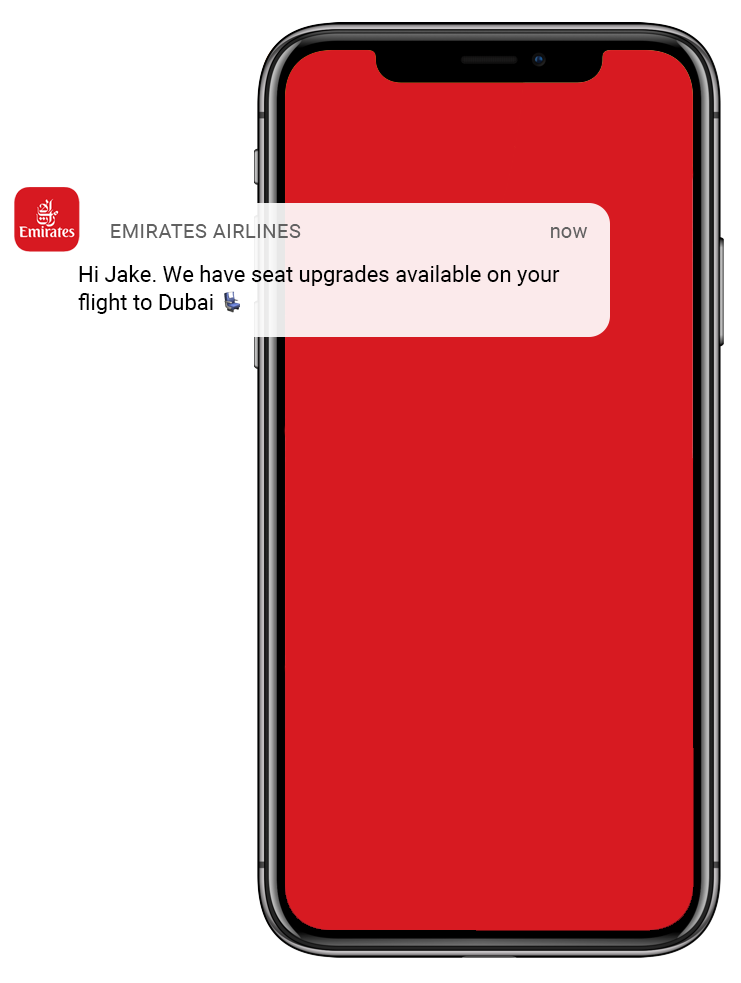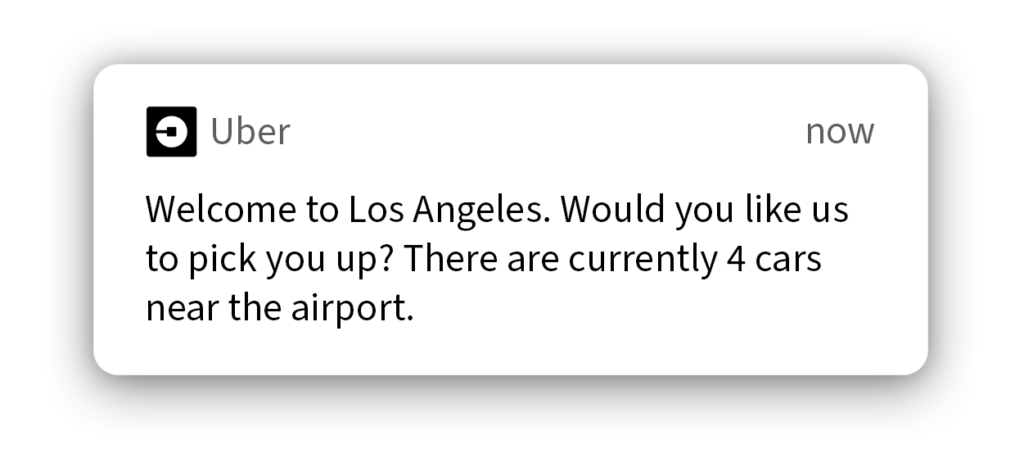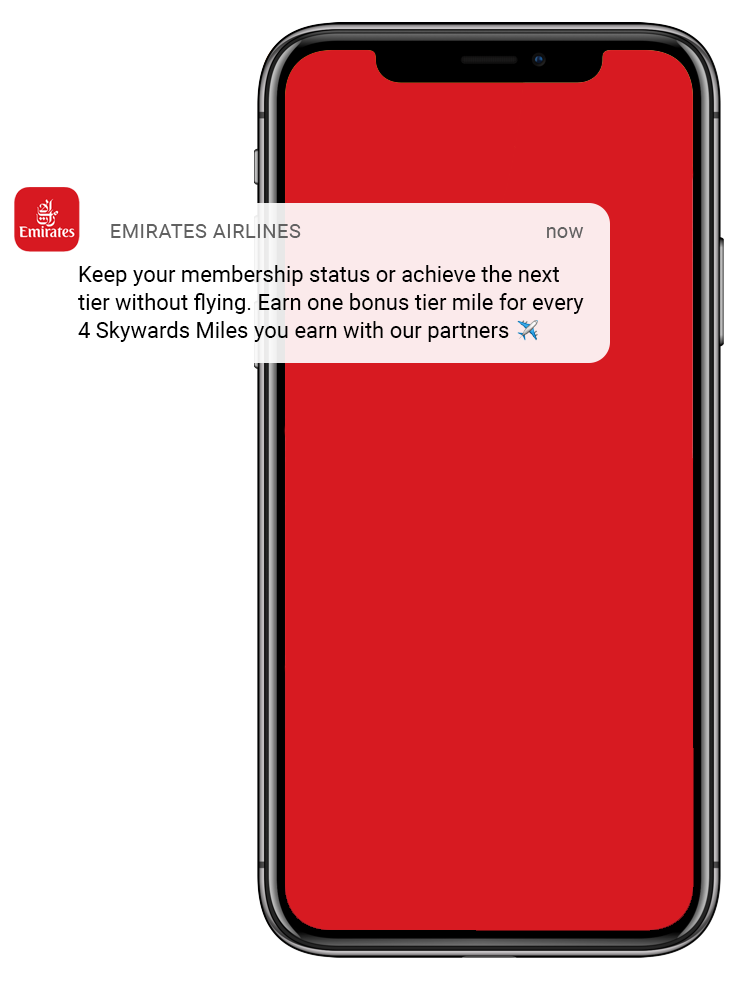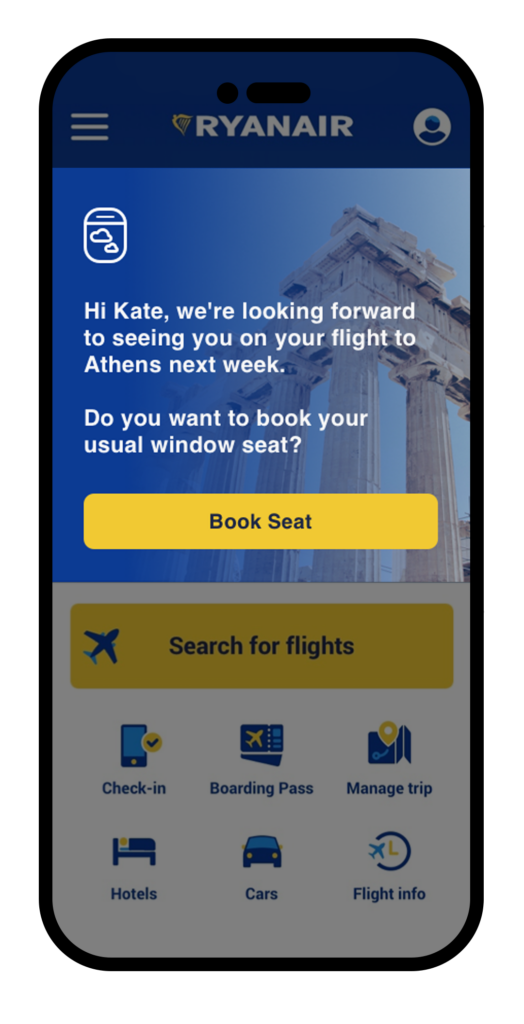From aspirational images to stories about far away destinations, hospitality and tourism brands can employ a treasure trove of marketing content to engage customers and grow their audiences. Both email and mobile marketing campaigns are vital in creating loyalty and engaging leads. Here’s everything you need to know about travel marketing at every step of the customer journey.
Enterprise travel marketing starts with email
Email marketing is an all-in-one solution for engaging each segment of your audience: potential customers, current customers, and even former customers. You don’t have to worry about pleasing the algorithm gods of social media. Instead, your messaging is delivered straight to their inbox where they can open and read at their own convenience.
Plus, research shows that email conversion rates are actually higher compared to social media and SEO tactics. On top of that, email marketing is inexpensive, providing the potential for a much higher return on investment.
There are many ways to use travel email marketing. You can leverage your email channel to:
- Expand your existing customer base.
- Build loyalty and encourage repeat business from existing customers.
- Add value by consistently sending trip details or updates.
- Incentivize customer loyalty with promotional discounts and special offers.
- Promote your social media presence.
- Personalize email content based on customer data.
- Educate your audience about hospitality and tourism by answering FAQs.
- Promote your services and drive traffic to your website.
- Inspire people to book their next vacation with your brand.
Benefits of email marketing for travel brands
There are two primary benefits of using email as part of your marketing strategy. Email gives you the ability to segment your audience and personalize content based on those profiles. Let’s take a deeper look.
Audience segmentation: Segment your audience by allowing subscribers to opt into the type of content they want to receive, such as educational newsletters, deals and promotions, or both. With this information, you can determine what type of information people prefer and then deliver that content to their inboxes.
Personalization: When you continue to segment your audience, you can deliver personalized content that moves them through the sales funnel. For instance, you can automate follow-ups based on certain behavioral triggers, such as clicking on a travel package without actually booking. Or you can personalize content based on age.
For instance, adventure packages may be better suited for younger subscribers, while pre-planned tours and travel may be better for older travelers. By delivering the most relevant content, you’re more likely to increase your bookings and revenue.
6 types of emails for travel marketing
Now that you know why it’s so important to connect with your travel audience via email, start mapping out your content strategy. Here are six types of emails you can rotate through so that you always have something to send.
#1: Welcome email after subscribing
Automate delivery of a welcome email after someone signs up for your services. These have a high open rate, so it’s a great way to reinforce your brand and promote your brand.

#2: Welcome follow-up
Part of your welcome sequence should include a follow-up to connect with your brand outside of email. Share your social media handles as well as your website (consider including your most popular blog posts!) and other places where you have an online presence.
#3: Holiday emails
Go through an annual calendar and note major holidays and milestone events. These are great opportunities to specialize your content theme and also consider promoting special discounts or deals that feel relevant. You can also automate personalized emails based on your subscriber birthdays.
#4: Weekly newsletters
Touch base at a regular cadence with a newsletter that gets your audience excited to book their next trip. Include trip inspiration, relevant news from the travel and hospitality industry, or interesting interviews with travel tips and trends. You can also share new vacation package ideas and remind readers of the services you offer.
#5: Educational emails
In addition to newsletters, send educational emails that add value to your audience. This could be a how-to guide, travel product round-ups, passport guidelines, and more. Get creative and send information that can help your subscribers make smart decisions about their upcoming travel plans.
#6: Transactional emails
Send two different types of emails once your customers book a service or trip. The first is a confirmation email. Include any upsell opportunities that are relevant (like a trip protection insurance add-on). Later, send a thank-you email. Include a survey to get feedback on ways to improve the customer experience.
Travel email marketing tips
Follow these tips to make the most out of your travel marketing email campaigns.
Understand your audience: There are so many different types of travel audiences out there, from budget backpackers to luxury resort goers. Figure out your ideal customer so you can create the right content that speaks to them.
Use a storytelling approach: Make sure your email copy isn’t boring. There’s so much room for creativity in the travel industry, so don’t be afraid to establish a distinctive and unique brand tone. Also incorporate real-life stories from your customers, such as transformations they experienced while traveling and their photos from their destinations.
Map out the customer journey: Understand the process your ideal client goes through in order to book a vacation. This includes things like choosing a time to take off from work, establishing a travel budget, picking a destination, and making reservations. Your email content should reflect all the decisions your audience needs to make to help them complete the process.
Mobile marketing for the travel industry
All stages of the travel planning process can benefit from mobile applications. Google statistics reveal that 71% of travelers use their smartphone while on a trip. But you don’t need an app to take advantage of this opportunity (though you can certainly hire a contractor to develop one for you). You can also use SMS text messaging to touch base with your audience.
5 ways to use mobile marketing for travel brands
Plan out the next level of your digital marketing campaigns with these strategies.
#1: Respond to changes in plans
If any flight changes or itinerary updates occur, you can immediately get those changes delivered to your customer through their smartphone.

#2: Use push notifications
Send your customers a message at certain points of their journey, like when they get to the airport or touchdown in their destination. This example from Uber shows how brands can leverage location data to send relevant and helpful messages.

#3: Launch a loyalty program
Repeat customers are easier and cheaper to acquire than new customers. Build out a loyalty program that offers incentives to book another trip through your brand. Then promote your loyalty program to gain new customers as well.

#4: Upsell
Use texts or your agency’s app to promote add-on services.
 #5: Streamline the journey
#5: Streamline the journey
Give your customers the chance to make changes and receive-real-time updates during their trip.

Mobile marketing for the hotel industry
Hospitality destinations can also incorporate mobile marketing to engage and retain their customers. In fact, 42% of travelers across the globe have used their phone to make hotel reservations. Optimize your mobile marketing strategy at each point in the customer journey.
Planning to booking: This is a crucial stage to attract customers and make an easy reservation process. Make sure your website is fully formatted for mobile navigation. This includes text, logos, and reservation systems. Also clearly promote special offers and loyalty programs.
Easy arrival and check-in: Avoid instilling buyer’s remorse by creating a stress-free experience once your guests arrive. Send notifications with details on check-in times, the hotel’s location, and options for parking and valet. You can confirm room preferences via mobile marketing and send information on nearby restaurants and amenities.
Mobile push notifications can also be used to send digital room keys and any updates on the loyalty rewards program.
During the stay: Continue to send customized content through each guest’s stay. Utilize mobile concierge services via text messages in order to connect customers with their needs, whether it’s requesting a taxi, ordering room service, or asking for extra towels or blankets. You can also send checkout reminders to streamline the entire process.
Travelers use their phones as a lifeline while enjoying their trip. From showing up in their inbox to helping them navigate once they’ve arrived, the travel and hospitality industry can maximize their brand awareness and bookings by delivering a comprehensive marketing strategy.





